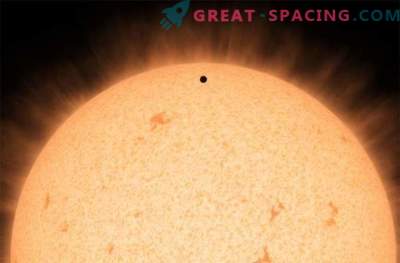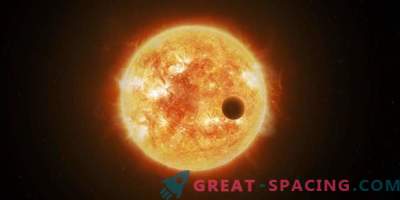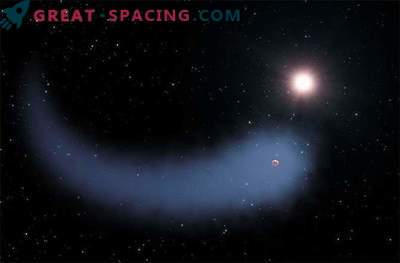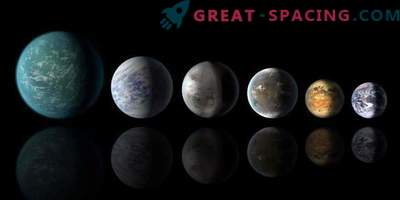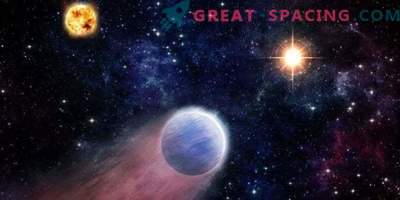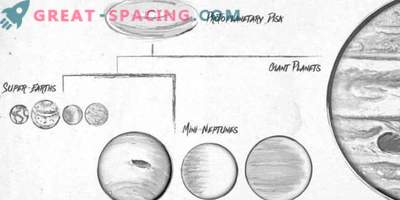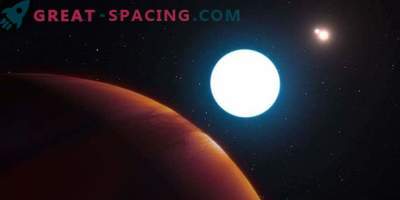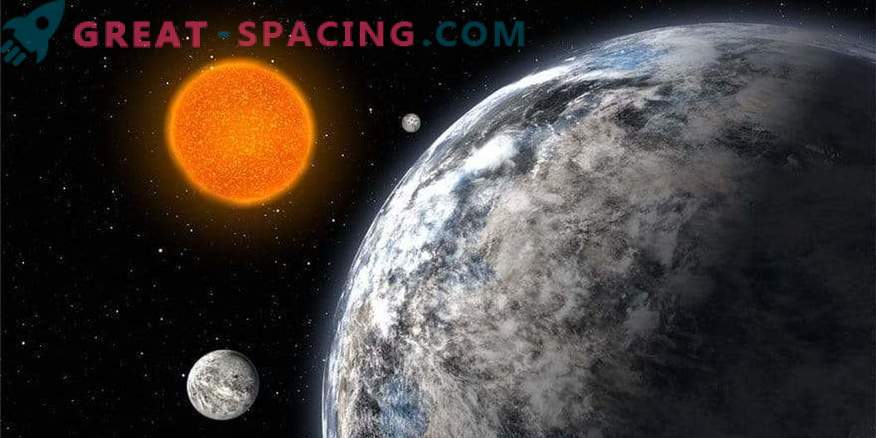
Artistic vision of a star with three super-lands
At a distance of 100 light years in the territory of Pisces, the star GJ 9827 lives. It is interesting in that it can have one of the most massive and dense super earths. New information allows researchers to better understand the process of forming such objects.
The star GJ 9827 has three planets found by the NASA K2 mission. They are all slightly larger than Earth. Scientists believe that this is the most common type of planets in the galaxy, whose orbital period lasts up to several hundred days.
It is surprising that there are no such planets in our system. It forces to study the conditions in which they are formed and developed. An important point in the understanding of planetary history - the composition. Are the super-earths rocky like ours, or do they have a solid core with a gaseous atmosphere?
To study the composition of another world, researchers must measure its mass and radius. This allows you to derive bulk density. In quantitative analysis, it was possible to fix the trend. It turns out that the planets, whose radius is 1.7 times larger than the earth, have a gas envelope (like Neptune), but smaller objects are rocky. The three planets GJ 9827 are special, whose radii reach 1.64 (b), 1.28 (s) and 2.08 (d). They managed to capture the dividing line between rock and gas objects. Scientists decided to follow the star in the PFS spectrograph to limit the planetary massiveness.
Usually, a sufficient amount of observation on the measurement of the mass takes months or even years. But GJ 9827 is a bright object and it was already watched in 2010. A spectrograph was created by Carnegie scientists and installed on Magellan telescopes in Las Campanas (Chile).
Surveys have shown that planet b is about 8 times larger than the Earth’s mass, which is why it becomes one of the most massive and dense super earths. The massiveness of c and d is 2.5 and 4 times that of the earth, but here the uncertainties are much higher.
Evidence suggests that planet d has a significant flying shell. The question of the object "c" is still open. For a better understanding of the composition, additional observations will be needed.
